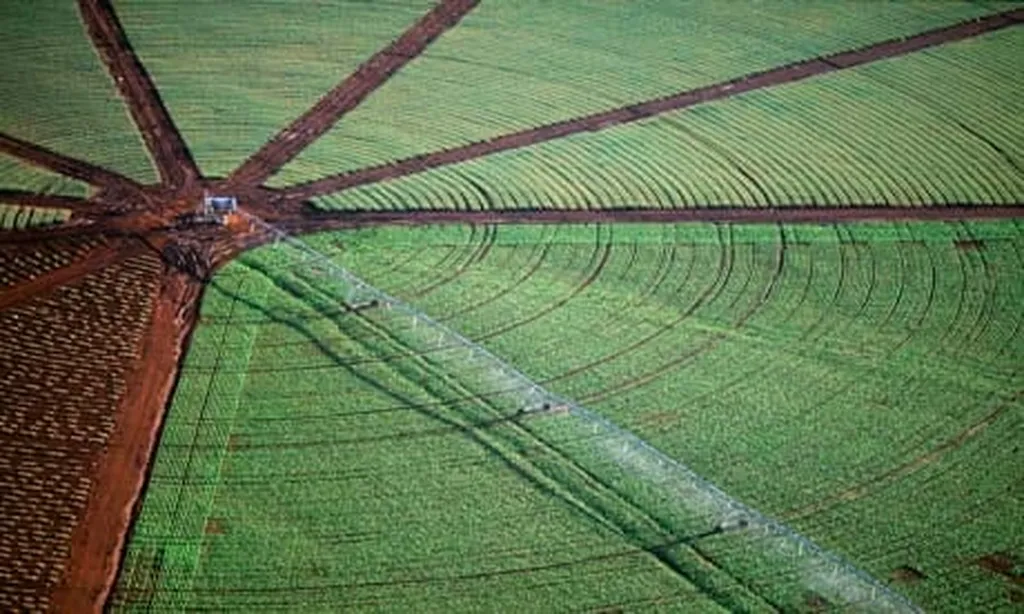In the quest for sustainable and efficient water treatment solutions, researchers have turned to an unlikely hero: sugarcane bagasse. A recent study published in the journal ‘Molecules’ (translated from Portuguese as ‘Molecules’) has unveiled a novel method of transforming this agricultural byproduct into a powerful bioadsorbent for cationic dyes, a common pollutant in textile wastewater. The lead author, Megg Madonyk Cota Elias Carvalho from the Physical Organic Chemistry Group at the Federal University of Ouro Preto in Brazil, and her team have developed a hetero-disubstituted sugarcane bagasse (HDSB) that shows promising results in dye removal.
The process involves a one-pot chemical modification of sugarcane bagasse with succinic and phthalic anhydrides, creating a material with a high affinity for cationic dyes like auramine-O (AO) and safranin-T (ST). “We were able to achieve maximum adsorption capacities of 367.7 mg g⁻¹ for AO and 293.3 mg g⁻¹ for ST at pH 7.0,” Carvalho explains. This means that a single gram of HDSB can remove nearly 0.4 grams of these dyes from water, a significant improvement over existing methods.
The study also delved into the thermodynamics of the adsorption process, using isothermal titration calorimetry to determine the enthalpy changes. The results showed that the adsorption of dyes on HDSB is exergonic and enthalpically driven, meaning it occurs spontaneously and releases heat. “Under standard conditions, the adsorption of the dyes on HDSB was exergonic and enthalpically driven,” Carvalho notes, highlighting the efficiency of the process.
One of the most intriguing findings was the antagonistic effect observed in the bicomponent system, where the presence of ST hindered the adsorption of AO. This interaction was further elucidated through molecular dynamics simulations, providing a deeper understanding of the adsorption mechanism.
The implications of this research extend beyond the laboratory. The textile industry, a significant contributor to water pollution, could benefit greatly from this innovative water treatment method. “The potential for commercial application is substantial,” Carvalho suggests. “HDSB offers a sustainable and cost-effective solution for treating textile wastewater, reducing the environmental impact of the industry.”
Moreover, the study demonstrated that HDSB can be reused after desorption, with non-desorbed dye molecules acting as new binding sites. This reusability factor enhances the material’s commercial viability, as it reduces the need for frequent replacement and lowers overall treatment costs.
As the world grapples with the challenges of environmental pollution and sustainable resource management, research like this offers a beacon of hope. By transforming agricultural byproducts into efficient bioadsorbents, we can take a significant step towards a cleaner, greener future. The study published in ‘Molecules’ not only advances our scientific understanding but also paves the way for practical, large-scale applications in water treatment.
The research underscores the importance of interdisciplinary collaboration, combining chemistry, materials science, and environmental engineering to address real-world problems. As Carvalho and her team continue to explore the potential of HDSB, the future of water treatment looks increasingly bright.

